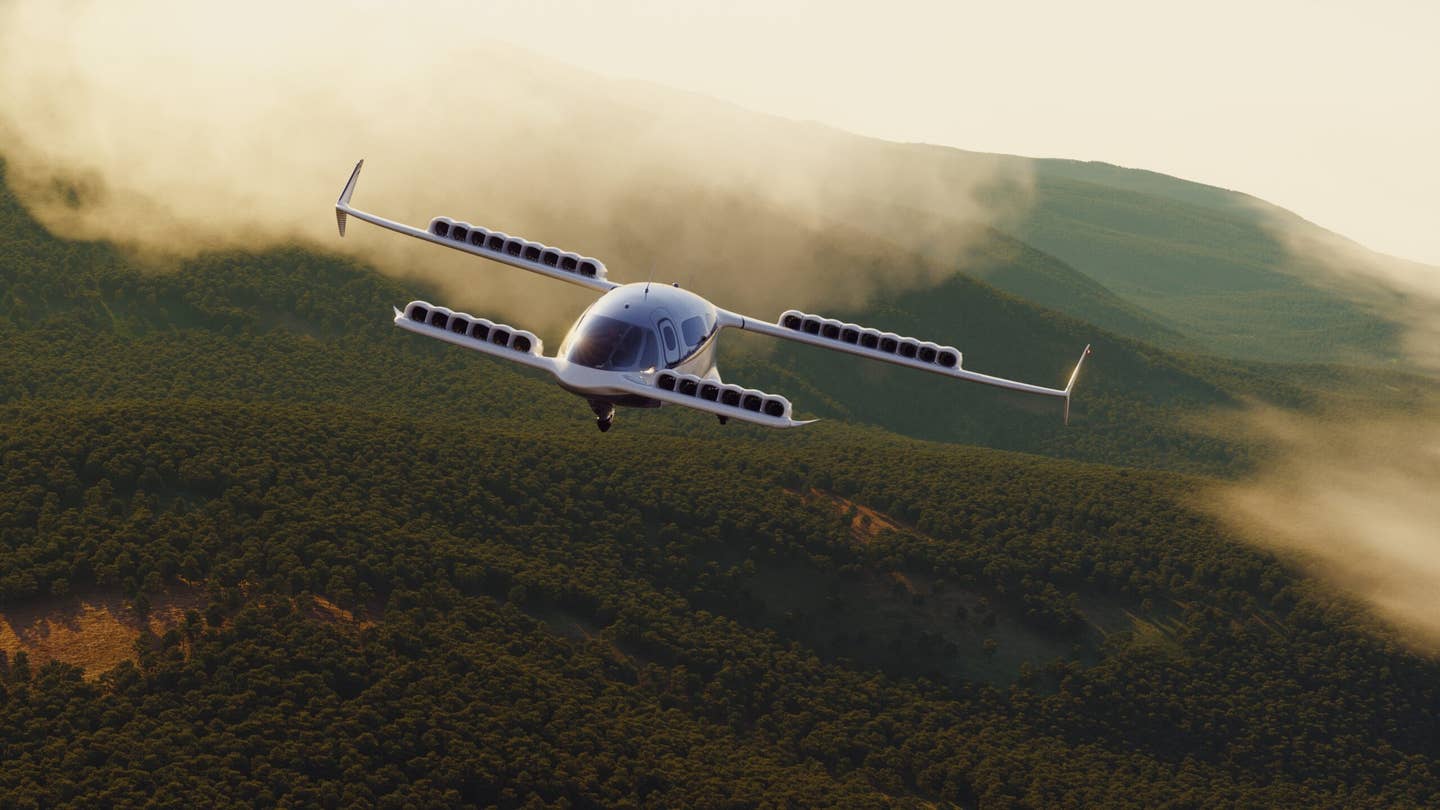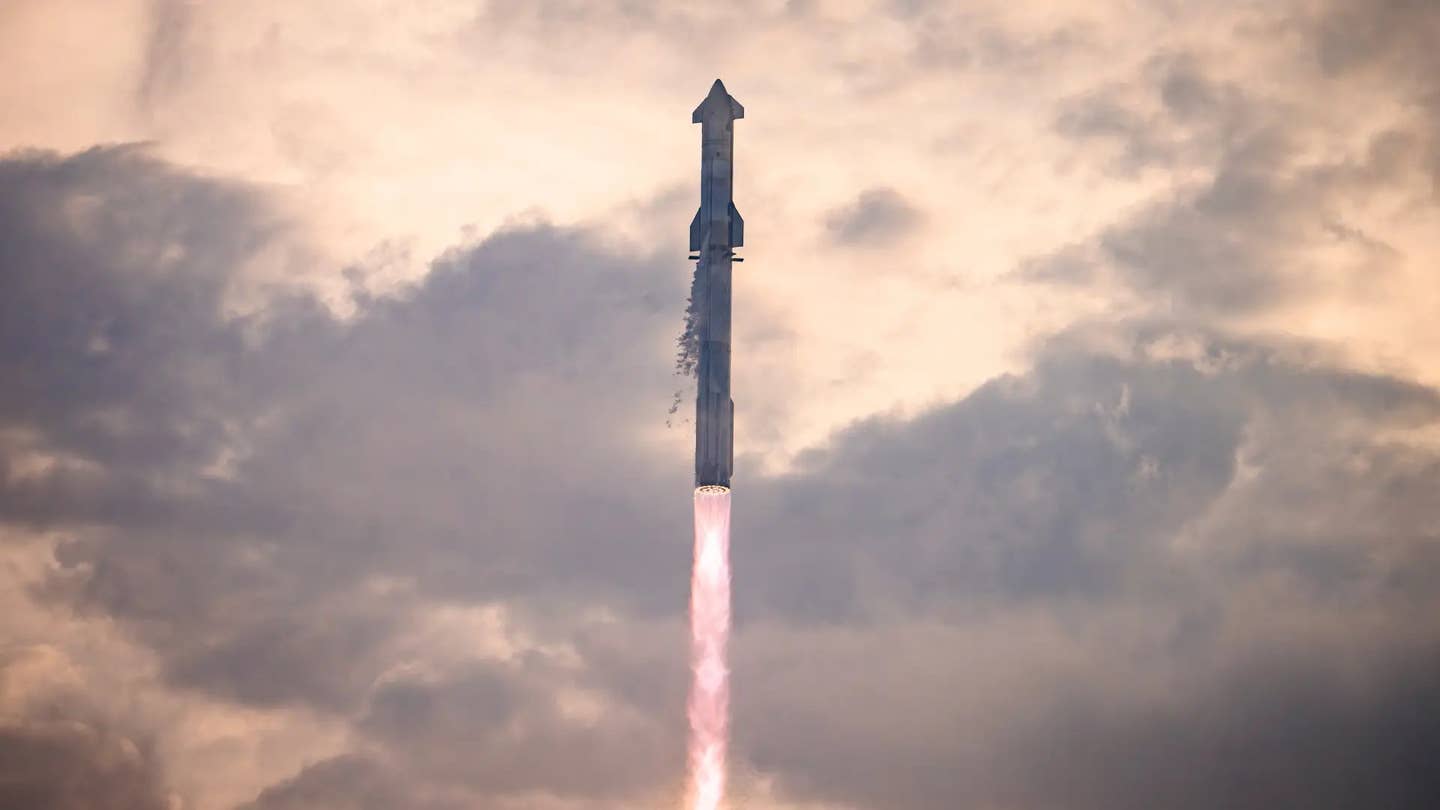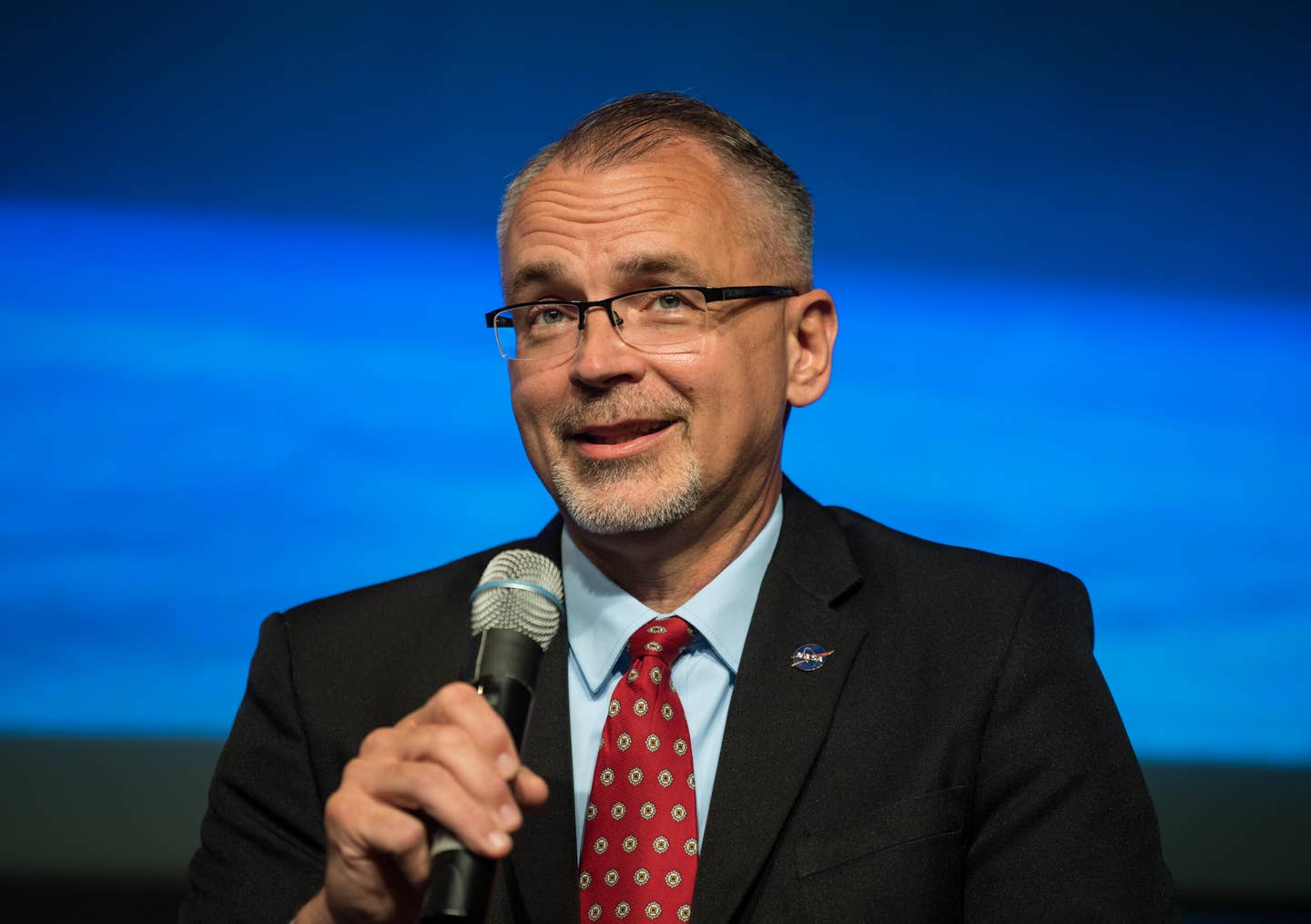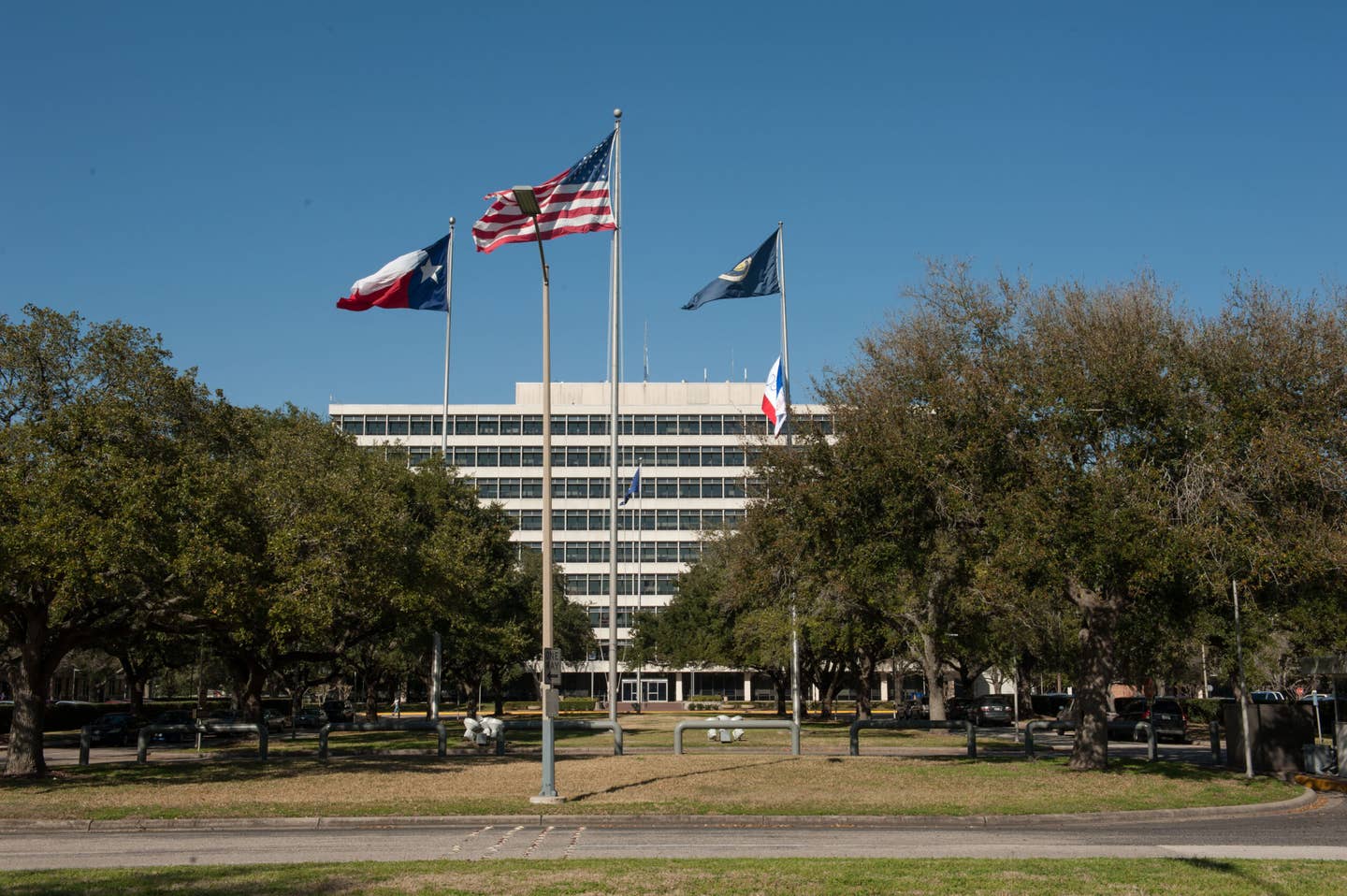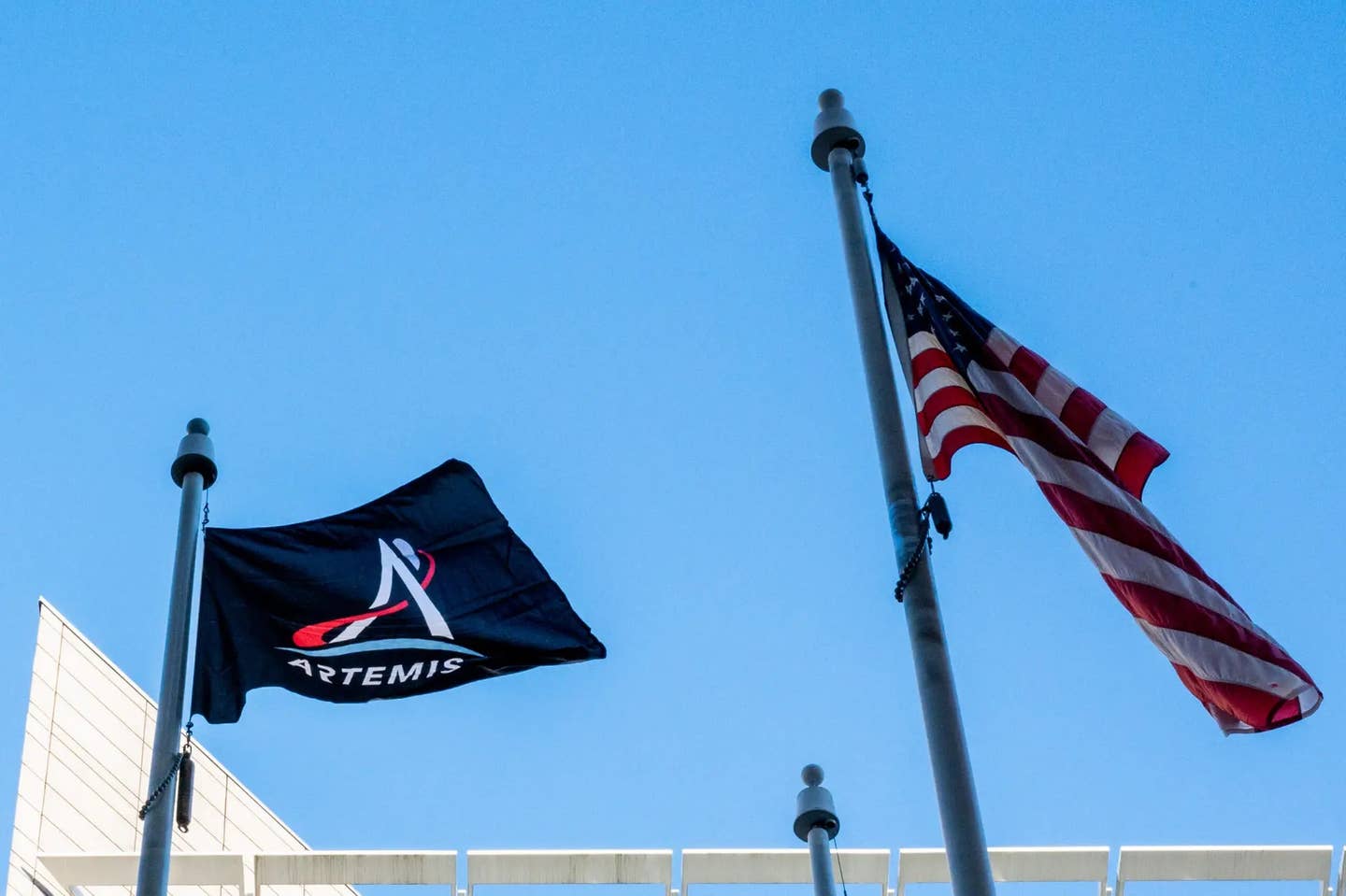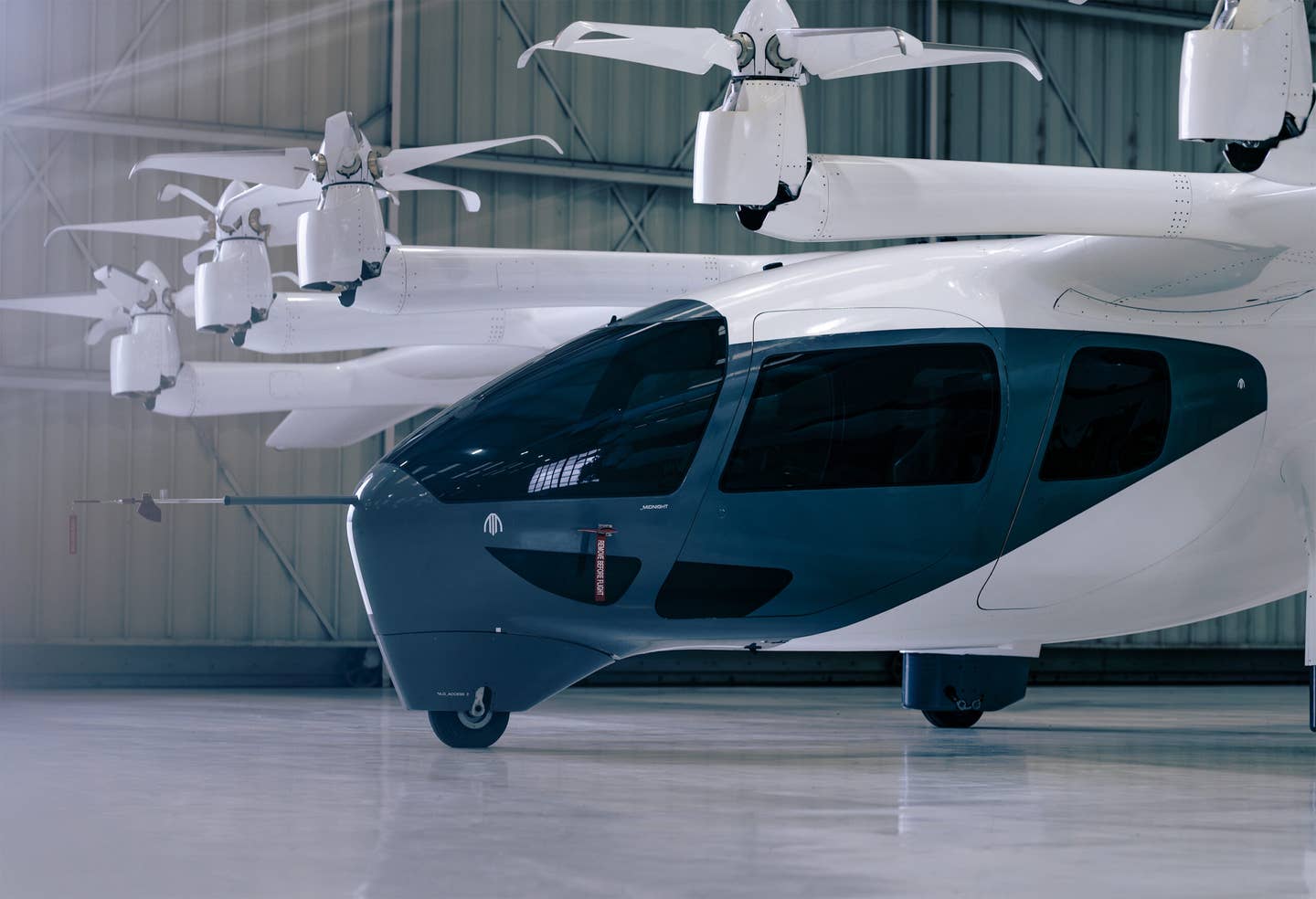Questions Remain After July Fourth Drone Show Falls Apart
During the light display, 55 drones fell out of formation and into a Washington lake.
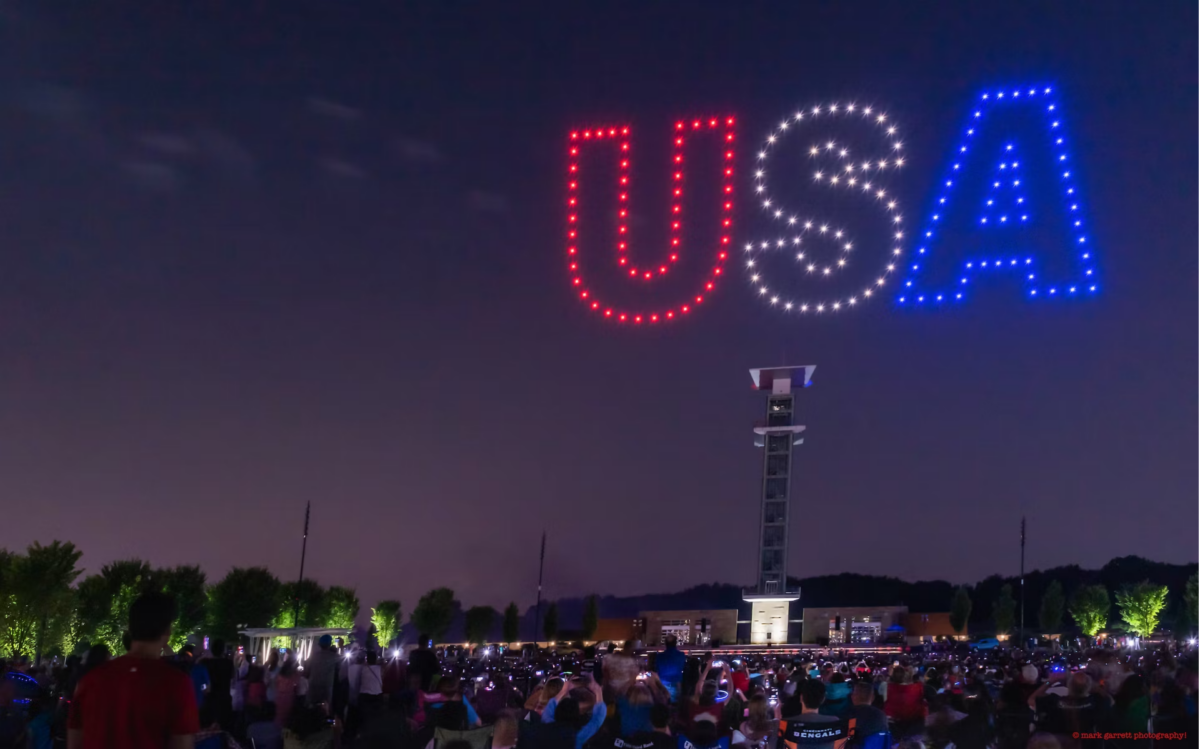
Patriotic drones dominate the skies in Blue Ash, Ohio, at a 2021 July 4 celebration. [Credit: Verge Aero]
The audience at the Fourth of July drone show over Angle Lake in SeaTac, Washington, got more than it bargained for when during the performance 55 of the 200 drones in flight malfunctioned and fell out of the sky.
The drones are owned by the Great Lakes Drone Co. of Coloma, Michigan. The company has been providing drone shows since 2017.
The show box was over Angle Lake, which covers approximately 102 acres and is surrounded by residential homes and a park.
According to Mathew Quinn, CEO of Great Lakes Drone Co. and the remote pilot in command during the event, the drones are programmed to return to their point of launch in the event of a signal disruption. That, however, didn't happen.
According to Quinn, several drones entered fail-safe emergency land mode due to a loss of GPS.
"We know they all had 28 to 32 satellites locked prior to takeoff, and the ones unaffected in the air were locked on 32 to 35," Quinn told FLYING. "We also know we had comms, both on primary and backup as they were receiving commands. They just didn't know where they were without GPS. That being said, our emergency procedures were put in place, 145 of the 200 drones in the air recovered, and 55 were left to land in the lake for safety reasons. Had an attempt been made to override the failure, we could have caused flyaways, [audience] injury, or damage."
Quinn said the company often puts on more than 100 drone light shows a year, and this was the first time it experienced a problem like this.
According to local media reports, some of the audience thought the drones falling into the lake was part of the show.
Officials from the city of SeaTac said there were no reported injuries, adding, "the drone show was forced to end early and was immediately followed by the fireworks extravaganza."
“Safety is always the FAA’s top priority," FAA told FLYING in a statement. "Drone arrays and light shows are subject to FAA regulation. Typically, these events require a waiver to the regulation that prohibits operating more than one drone at a time. We thoroughly review each drone-show application to make sure the flying public and people on the ground will be safe.”
Among other things, the agency said it reviews:
- Software controlling the drones
- Procedures on setting up safe and restricted areas to keep people a safe distance from the show
- Procedures in the event a single or multiple drones fail
- Procedures if an aircraft gets too close to the show
- How the operator keeps the drones within a confined area using geofencing
- Whether the operator has an adequate number of people to run the show
The operator is responsible for coordinating with local law enforcement, park police, city officials, and others as appropriate.
By the Book
FLYING obtained a copy of the waiver filed by Great Lakes Drone Co. that noted, among other safety precautions, the show would be performed with a two-layer geofence that keeps the drones in confined space in the event they malfunction. Flight termination protocols were also established, namely sending the drones into the lake.
This is normal protocol for commercial drone operations, said John Ellis, a professional drone pilot and the co-author of 107 School LLC, a professional drone pilot course.
"Before every commercial mission, the remote pilot in command (RPIC) has many responsibilities," Ellis said. "They have to brief their crew on operating conditions, emergency procedures, contingencies, and their roles and responsibilities, and any potential hazards. The preflight crew brief is mandatory for all commercial unmanned flights. The RPIC has to make sure everyone that is part of the crew knows what they are to do in the case of an emergency."
Ellis said Quinn did exactly what was required to keep the audience safe.
“It was expensive, but lives are worth more than drones, and when he determined that it would be impossible to safely bring these aircraft back to land, he utilized a fail safe and sent them into the water,” Quinn said of Ellis. “It's exactly the response we like to see from a responsible and professional remote pilot, to put the safety of nonparticipants first, even though it could be financially difficult to do so, and he should be commended."
Ellis added that the commercially produced drones used for shows tend to be on the smaller side of the spectrum, costing around $2,000 or more.
Quinn said that his company is sifting through the evidence to determine what went wrong.
"I believe the key takeaway here is that technology fails, aircraft fail, and the emergency procedures imposed caused zero damage to property or people," he said. "As much as this was not an ideal event, and that we don't have all the answers as of yet, it was a very successful demonstration of the safety policies, procedures, and programming in place.
Quinn said the cause of the malfunction has yet to be determined.
"We use the most advanced systems on the market with a 0.02 percent failure rate until SeaTac” he said. "Was it outside interference? Was it an internal system compromise we haven't found yet? We do not know yet, but we do know the same system that flew the SeaTac show, literally every part except the drones themselves, flew two more consecutive shows on the 5th and 6th without any issues at all with zero adjustments.
“Several tests were performed on the 5th prior to the show to verify obviously, but nothing could be found inconsistent with normal behavior."

Sign-up for newsletters & special offers!
Get the latest FLYING stories & special offers delivered directly to your inbox

